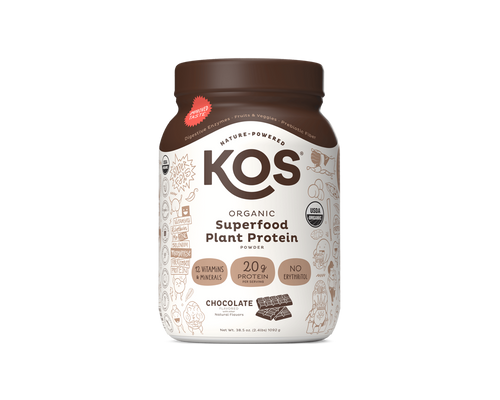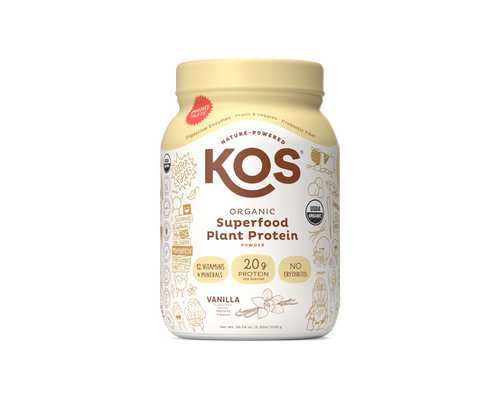Table of Contents
![]()
“WOW!! We figured out how plants grow! We figured out how plants grow!”
"Huh, cool. You mean … just now?"
Plant Growth: The Mystery You’d Assumed Was Solved
Sometimes the most stunning aspect of a solved mystery is finding out that the revealed truth was ever a mystery at all. So it is with “how plants grow”. We’ve long searched the cosmos for extraterrestrial life, tried to figure out quantum gravity, and puzzled hopelessly over the final episode of Lost. All that time, we’ve also been trying to unlock the secret of how plants actually, you know, grow?

This means, among other things, that as second-graders have—for generations— sat cross-legged on the classroom floor singing songs about acorns growing into mighty oaks, tormented grownups in science garb have been trying to figure out how the hell an acorn grows into a mighty oak. Well, they figured it out.
Auxin is Not a Swinging Town in Texas
We’ve long known about the phytohormone auxin’s role in plant growth, identifying it as central to the process. In 1928, the existence of auxin was proven by Dutch biologist Frits Warmolt Went, and he later went on to show how the heavier distribution of auxin on the shaded side of a plant spurs the shaded cells to grow faster; causing the plant to ”bend” toward sunlight.

What wasn’t understood is exactly how plant cells — which are as tightly packed together as the pieces off a puzzle AND surrounded by super-tough cellulose walls — managed to grow and expand at all under auxin’s influence.
Unlocking the Plant Cell Puzzle Pieces.
Plant cell walls are like the walls and ceiling of a house. Gale-force winds blow, the rain comes down in sheets, golf ball-sized hailstones assail the brickwork, but the house still stands.
These leafy little plants have to remain whole and healthy in much the same way, but without the benefit of brick and mortar. The three-layered walls of a plant cell [cellulose, hemicellulose, and pectin] are no joke -- tough enough to offer serious structural stability and resilience in the most challenging of environments.

But the very toughness off each plant cell's perimeter had scientists wondering for decades how these jigsawed plant cells, so snugly jammed together with their impenetrable walls, actually gave way to growth.
It had been determined that auxin was asymmetrically growing plant cells to “bend” the plant, but how?
Loosening the Mortar
UC Riverside professor and cell biologist Zhenbiao Yang figured it out. It had long been postulated that plant cell walls can be made more elastic if the cell itself somehow becomes acidic, but that “acidity theory” had no apparent relation to the presence of auxin.

What professor Yang’s team discovered was the mechanism by which auxin was giving the plant cells a chance to bust out of their cellulose / hemicellulose / pectin prisons.
It turns out Auxin chemically activates the actual pumping of protons into a plant cell’s walls. This oversupply of protons causes the cell wall acidity to rise. Why? A lone proton is also a Hydrogen ion, and as you add hydrogen ions to a medium, acidity increases.
When the acidity increases in the cell wall, the bond is loosened between the three previously bulletproof layers [cellulose, hemicellulose, and pectin, remember]. Why? Because acid!
The elevated acid level also triggers a protein called— yes—expansin (more evidence — as if we needed it — that some of these chemical names are dreamed up by grad students at the nether end of an all-nighter).
Guess what that protein does? It further erodes the cement between the cellulose and hemicellulose cell wall layers. You know, so the cell can expand.
Patience
Thanks to auxin, protons are also being pumped into the plant cell itself, inspiring water uptake, increasing pressure, and pushing out the cell walls. So plant growth is a somewhat sloppy process. But as usual, nature finds a way.

But besides awkwardly blowing water into plant cells to make daisies grow, auxin performs overarching molecular magic that truly manages nearly every aspect of plant development, from roots to seeds, directing which plant components go where and always "factoring in" gravity and sunlight.
Plants are a wondrous, nutrient-filled, living kingdom. They confer the energy of the sun to any animal that eats them, and their eons-old self-healing properties have of course been borrowed by the human race for centuries, and are being eagerly parsed and studied by western science.
It’s as if they were waiting for us to get here so they could hand over the goods and show us the way to live.
Having arrived on the planet about two billion one hundred forty-four million years before we did, they have been very patient friends.





